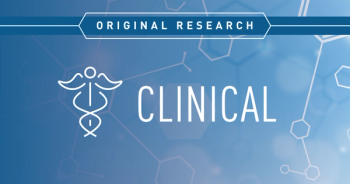
Sotatercept for Patients with Pulmonary Arterial Hypertension
Panelists discuss how riociguat targets the nitric oxide pathway and is approved for both Group 1 PAH and Group 4 chronic thromboembolic pulmonary hypertension, with specific patient selection criteria based on risk stratification and surgical candidacy.
Episodes in this series

Current Therapeutic Landscape and Limitations
Sotatercept: A Breakthrough Treatment for Pulmonary Arterial Hypertension
Sotatercept (Winrevair) represents the first new mechanism of action for pulmonary arterial hypertension (PAH) treatment in over a decade, offering hope for patients with this life-threatening condition. As an activin signaling inhibitor, sotatercept has demonstrated remarkable efficacy across multiple clinical trials, providing a novel therapeutic pathway that complements existing PAH treatments. The drug's introduction marks a significant milestone in PAH management, particularly for patients who have exhausted traditional treatment options.
The landmark STELLAR trial established sotatercept's effectiveness in heavily pretreated PAH patients with an average disease duration of nine years. Among 325 mature patients already on two or three therapies, sotatercept addition showed dramatic improvements in exercise capacity, symptoms, NT-proBNP levels, and hemodynamics, with marked reductions in mean pulmonary arterial pressures not seen since early prostacyclin analog trials. Clinical experience has mirrored these trial results, with patients demonstrating strong hemodynamic responses and excellent tolerability, requiring dose modifications only in rare instances.
The ZENITH trial further validated sotatercept's role in high-risk PAH patients, a population traditionally excluded from clinical trials due to disease severity. Despite studying the sickest patients with functional class III-IV symptoms and high percentages on triple therapy, ZENITH demonstrated a remarkable 76% reduction in clinical worsening events including death, transplantation, and PAH-related hospitalization. These consistent results across different patient populations establish sotatercept as a transformative treatment option that can be confidently used throughout the PAH disease spectrum, from newly diagnosed patients to those with advanced, high-risk disease.
Newsletter
Stay ahead of policy, cost, and value—subscribe to AJMC for expert insights at the intersection of clinical care and health economics.














































